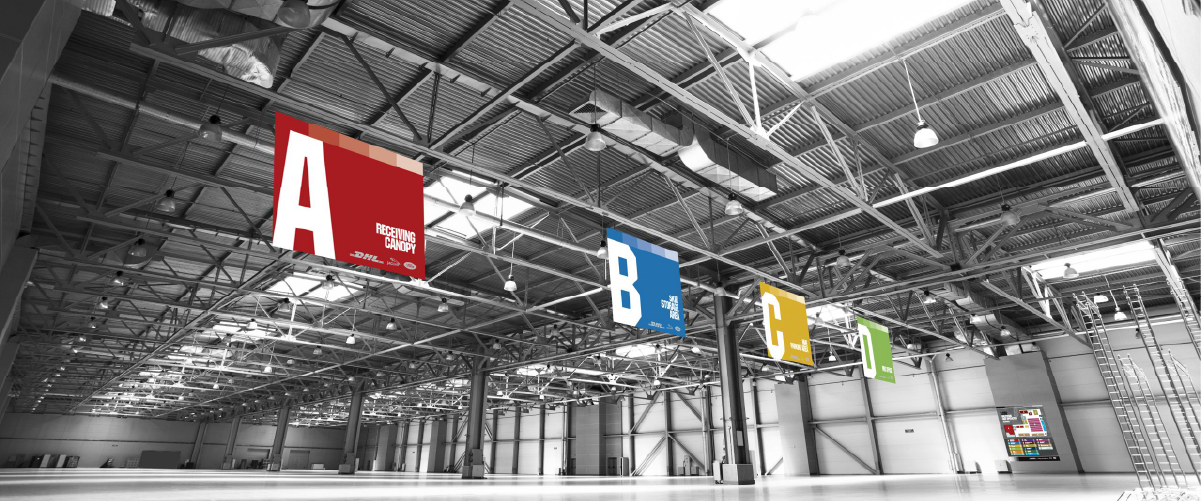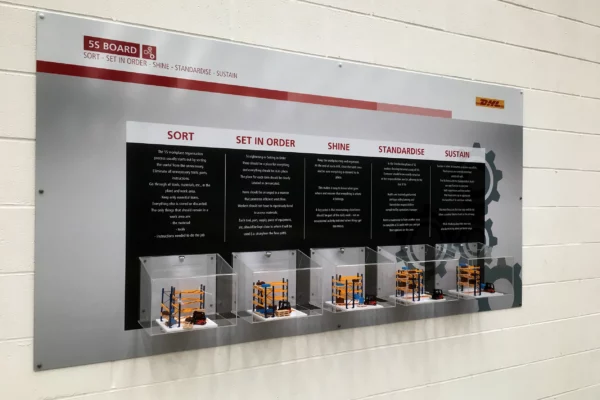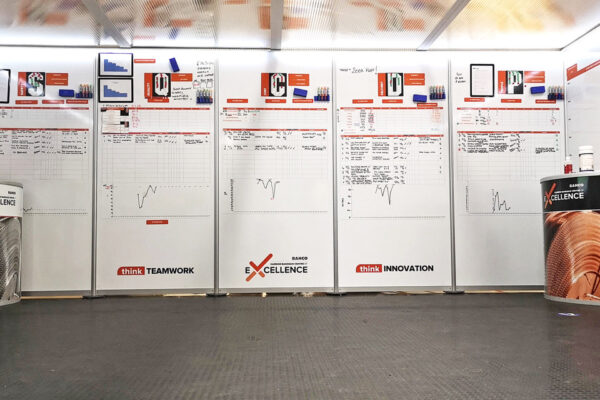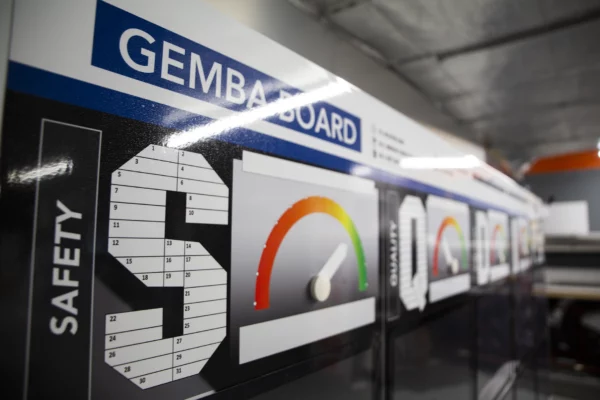Enhancing Navigation with Effective Wayfinding Signage
In any large facility, whether it’s a corporate office, hospital, or warehouse, clear and effective wayfinding signage is crucial. Wayfinding signage helps guide visitors and employees to their destinations quickly and efficiently, reducing confusion and improving overall productivity. This article explores various types of area signs, including those that can hang suspended from the ceiling, be mounted to walls, come in specific shapes, and feature arrows and other visuals, all utilising the principles of visual management.
Types of Wayfinding Signage
1. Suspended Ceiling Signs
Suspended ceiling signs are a highly effective form of wayfinding signage, particularly in large, open spaces like warehouses, airports, and shopping malls. These signs hang from the ceiling, making them easily visible from a distance and from various angles. They are ideal for guiding people to major areas such as exits, restrooms, or department sections. The height and visibility of ceiling-mounted signs help ensure that they are not obstructed by crowds or other obstacles, providing clear directional guidance.
2. Wall-Mounted Signs
Wall-mounted signs are another versatile option for wayfinding signage. These signs can be placed at eye level for maximum visibility and are perfect for indicating specific rooms, offices, or departments. Wall-mounted signs can be customised with arrows, text, and symbols to convey information clearly and concisely. They are especially useful in hallways and corridors, where they can guide people to their destinations without taking up valuable floor space.
3. Custom-Shaped Signs
Custom-shaped signs add an element of creativity and can be tailored to fit the aesthetic of your facility. Whether you need a sign shaped like an arrow, a department-specific icon, or any other unique design, custom-shaped wayfinding signage can enhance the visual appeal while providing clear directions. These signs can be made from various materials, including metal, plastic, or wood, and can be designed to match your company’s branding and colour scheme.
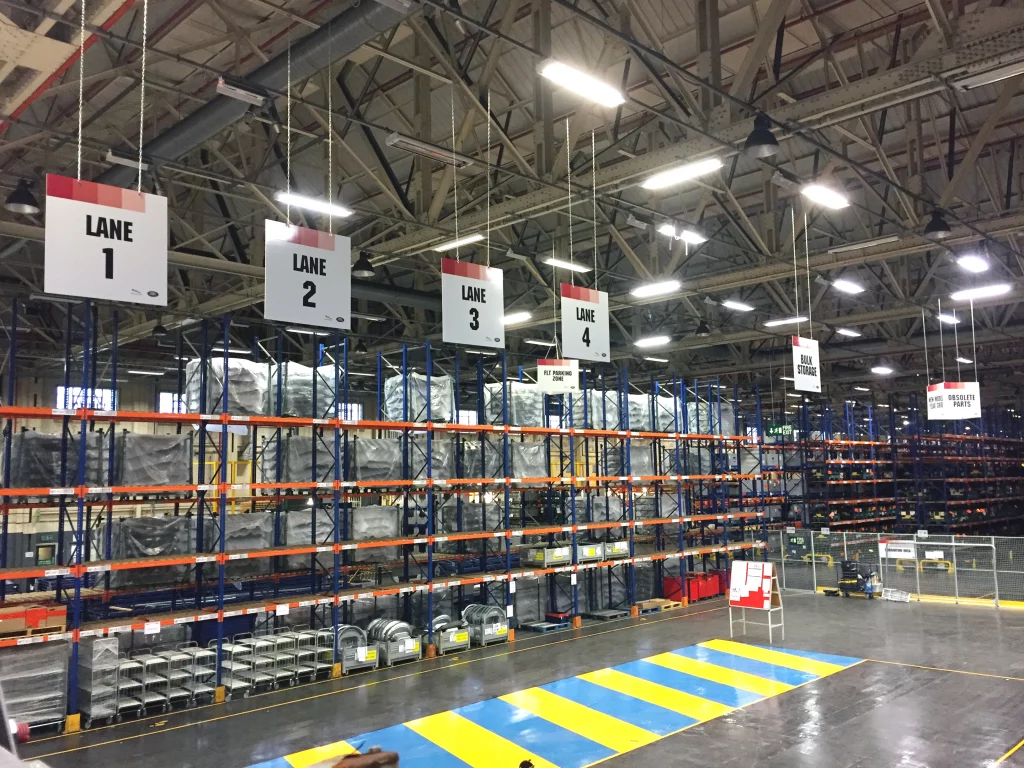
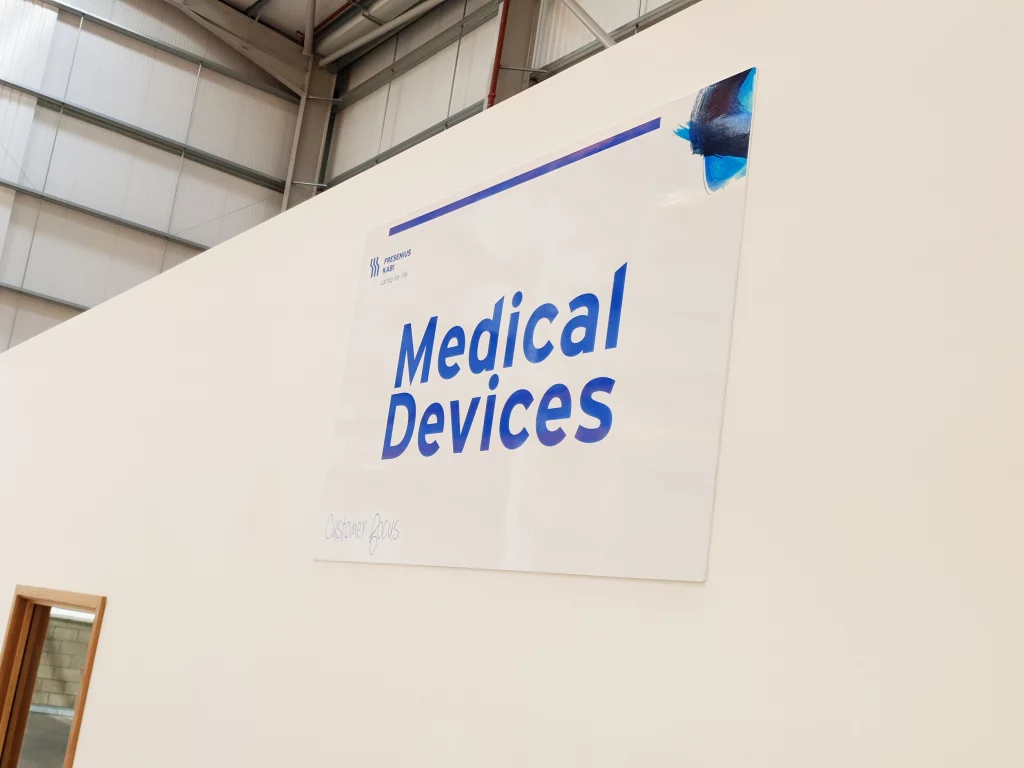
Features of Effective Wayfinding Signage
Arrows and Visuals
One of the most critical aspects of effective wayfinding signage is the use of arrows and other visual cues. Arrows provide clear directional guidance, making it easy for people to navigate even complex environments. Additional visuals, such as icons and symbols, can quickly convey important information without the need for extensive text. For example, a wheelchair icon can indicate accessible routes, while a fork and knife symbol can point towards dining areas.
Consistent Design and Branding
Consistency in design and branding is essential for creating an intuitive wayfinding system. All signs should use the same fonts, colours, and visual elements to ensure they are easily recognisable. This consistency helps users quickly identify wayfinding signage and understand the information being conveyed. Incorporating your company’s logo and colour scheme also reinforces brand identity and creates a cohesive look throughout the facility.
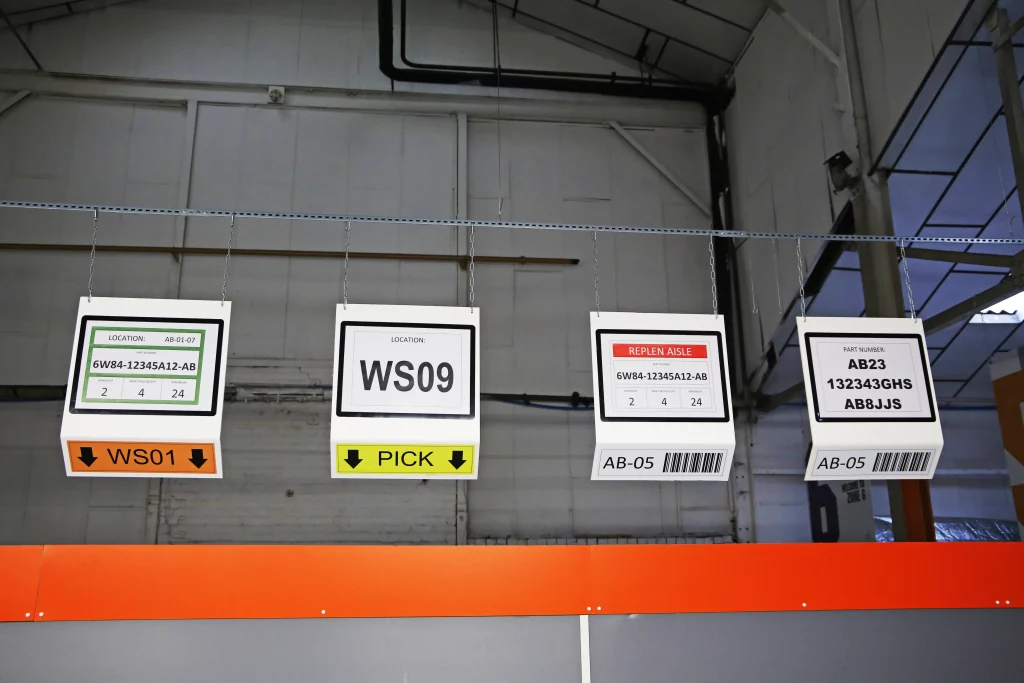
Using Visual Management Principles
Visual management principles play a vital role in the effectiveness of wayfinding signage. These principles emphasise the use of visual signals to convey information clearly and efficiently. By incorporating visual management into your wayfinding strategy, you can create a system that is easy to understand at a glance. This approach reduces the cognitive load on users, allowing them to navigate spaces more intuitively.
Key elements of visual management in wayfinding signage include:
- Simplicity: Keeping designs simple and uncluttered ensures that signs are easy to read and understand.
- Visibility: Placing signs in prominent locations and ensuring they are well-lit enhances their effectiveness.
- Consistency: Using a uniform design language across all signs helps users quickly identify and interpret them.
- Relevance: Including only the most pertinent information ensures that signs are not overwhelming or confusing.

Conclusion
Effective wayfinding signage is essential for guiding visitors and employees through your facility with ease. By utilising various types of signs, such as suspended ceiling signs, wall-mounted signs, and custom-shaped signs, and incorporating arrows and other visuals, you can create a comprehensive wayfinding system. Employing visual management principles ensures that your signage is clear, consistent, and easy to understand, enhancing the overall navigation experience.
For high-quality, customisable wayfinding signage solutions, visit our website. We offer a wide range of options designed to meet the unique needs of your facility, helping you achieve the highest level of organisation and efficiency. Explore our selection today and discover how our signage can improve your wayfinding system.


